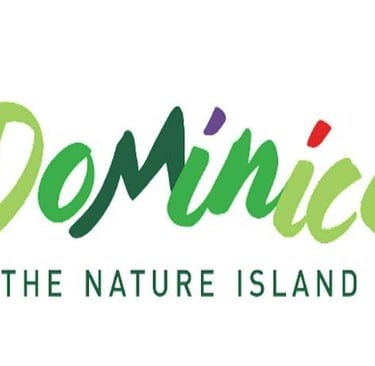About Dominica
Dominica is known for its rich biodiversity, making it a paradise for nature lovers. This small Caribbean island is home to lush rainforests, pristine rivers, and stunning waterfalls. The island's diverse ecosystem houses an array of plant and animal species, many of which are unique to Dominica. From vibrant hummingbirds to colorful frogs, visitors can witness a variety of wildlife in their natural habitats.
Dominica is also famous for its stunning coral reefs, which attract snorkelers and divers from around the world. The island's commitment to conservation is evident in its national parks and protected areas, ensuring the preservation of its natural heritage for future generations. With its breathtaking landscapes and abundant wildlife, Dominica truly stands out as a haven for biodiversity.


Dominica, also known as the "Nature Isle of the Caribbean," is an island nation located in the Eastern Caribbean Sea. It is situated between the French overseas territories of Guadeloupe and Martinique. Dominica has a rich history that dates back to the indigenous Kalinago people who inhabited the island before European colonization.
The island was discovered by Christopher Columbus in 1493 and has since been under the control of various European powers. Today, Dominica is an independent nation and a member of the Commonwealth of Nations. Known for its stunning natural beauty, Dominica has made significant efforts to preserve its environment and wildlife.
The country has signed several conservation treaties, such as the Ramsar Convention on Wetlands and the United Nations Framework Convention on Climate Change, highlighting its commitment to environmental sustainability.


